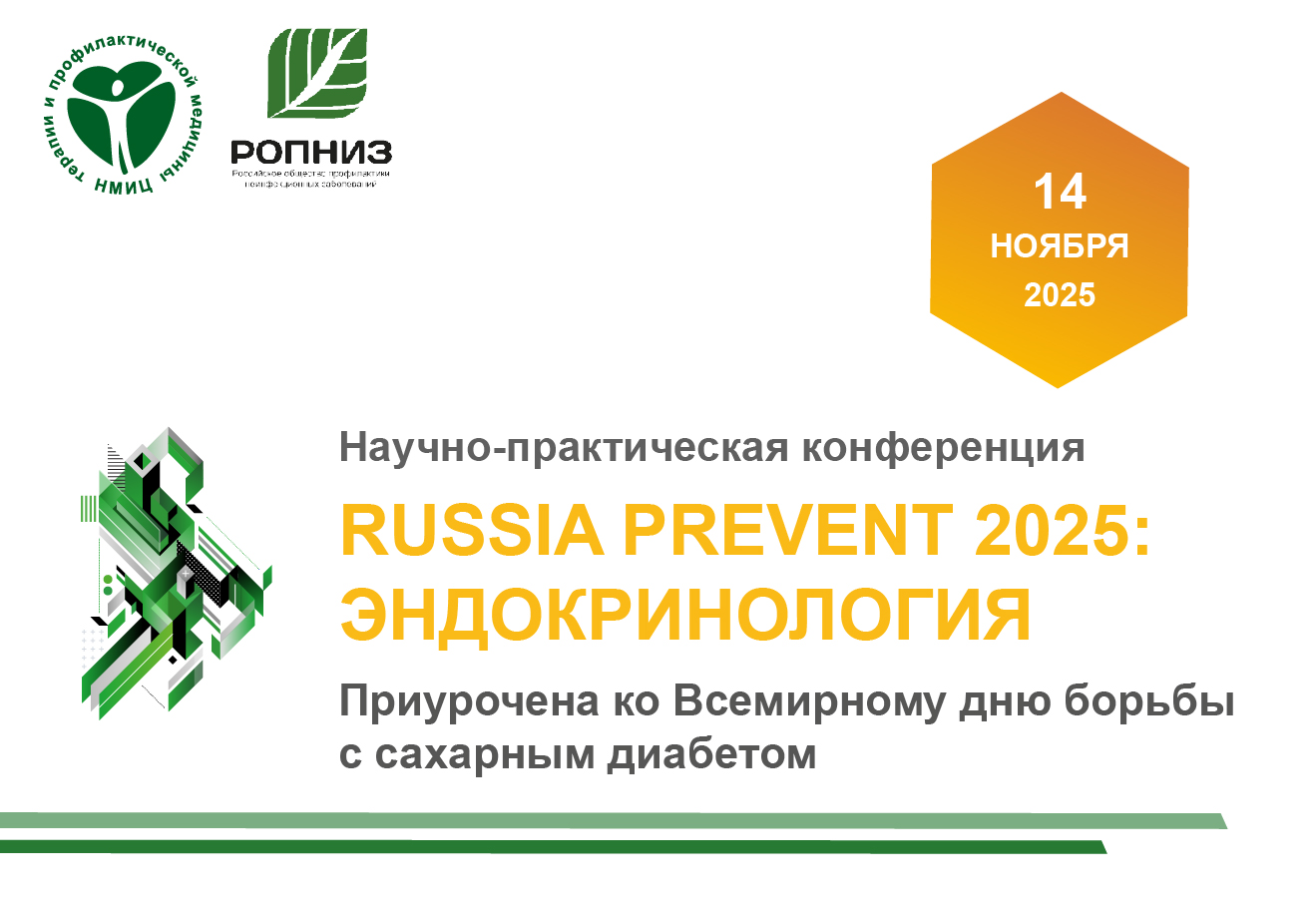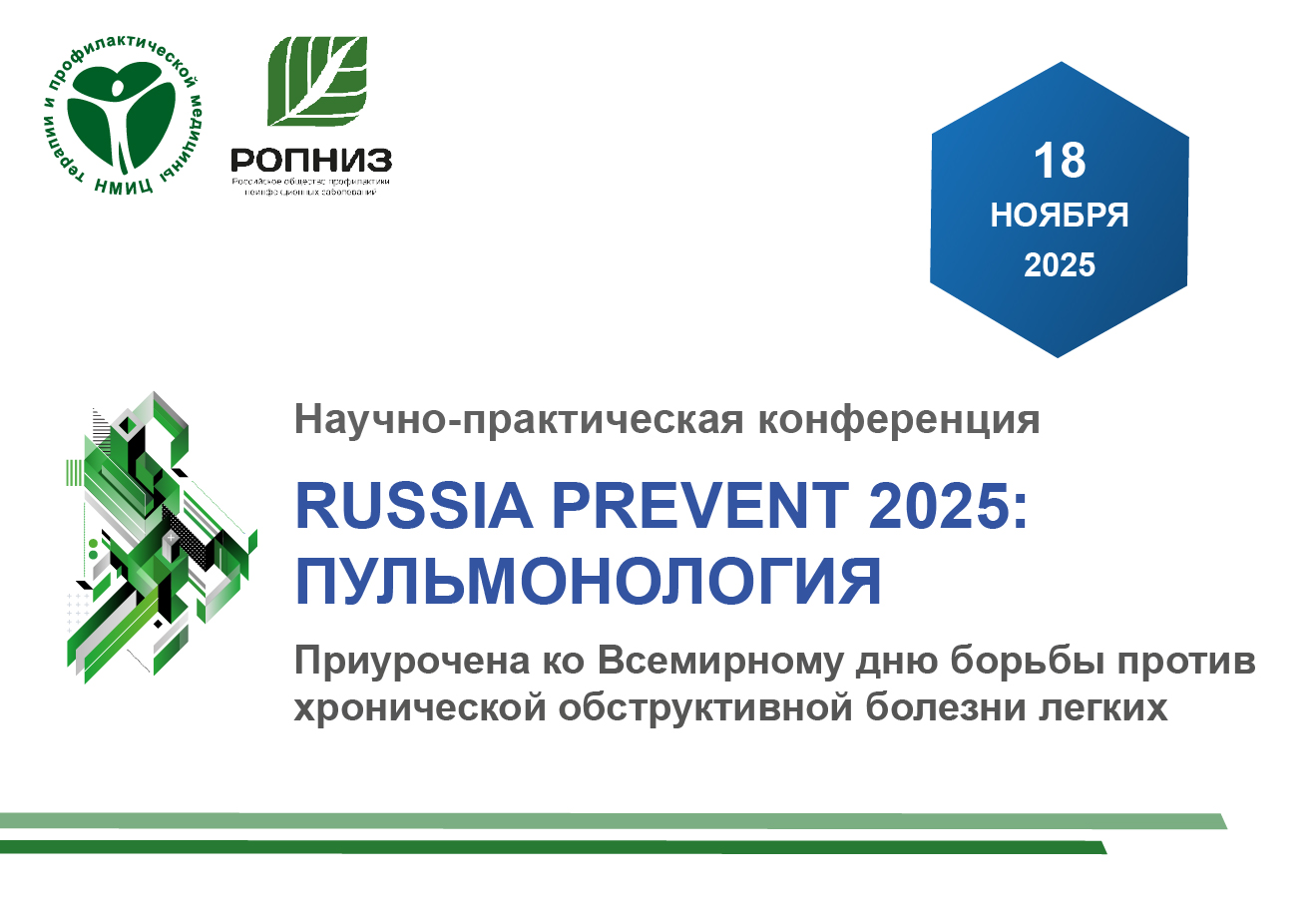Various protocols of extracorporeal shock wave therapy in the treatment of stable angina
https://doi.org/10.15829/1728-8800-2019-5-17-22
Abstract
Aim. To evaluate effects of various protocols of cardiac shock wave therapy (CSWT) on quality of life and exercise tolerance in patients with stable angina against the background of optimal medication therapy (OMT).
Material and methods. Overall 53 patients (37 men, 16 women) were included in the study. The mean age of examined patients was 67,3±8,1 years. Inclusion criteria: CCS class I-IV angina pectoris, stable therapy for at least 1 month before inclusion in the study and a stable course of coronary artery disease for more than 3 months (no cardiovascular events) before inclusion in the study. Patients were divided into 2 groups. The Group 1 (n=37) received OMT+CSWT standard-modified protocol, Group 2 (n=16) received OMT+CSWT rapid-modified protocol. Electrocardiography, echocardiography, treadmill test, and Seattle quality of life questionnaire (SAQ) were performed at inclusion and 6 months follow up.
Results. Both CSWT with rapid-modified protocol and standard-modified protocol significantly reduced the number of short-acting nitrates from 2 (2; 7) to 1 (0; 2) (p=0,04) and from 2 (0; 6) to 0 (0; 2) (p ≤0,001) at 6 months, respectively, as well as the number of angina attacks per week (from 4 (2; 7) to 1 (1; 1) (p=0,007) and 6 (2; 20) to 1 (0; 5) (p ≤0,001). Treadmill test total exercise duration was significantly increased from 393 (326; 574) to 561 (411; 650) seconds (p=0,007) and 365+140,4 to 411,5±156,1 seconds (p=0,01), respectively. Time to 1 mm ST segment depression was also significantly increased from 399,8+169 to 460+182 seconds (p ≤0,05) and from 303,1+179 to 389,9+203 seconds (p=0,001), respectively.
Conclusion. In our study, CSWT with rapid-modified protocol improved quality of life and exercise tolerance in patients with stable angina similar to the standard-modified protocol. Rapid-modified protocol of CSWT reduced total duration of the treatment.
About the Authors
M. M. ShcherbakRussian Federation
E. L. Shkolnik
United States
Connecticut
Yu. A. Vasyuk
Russian Federation
E. N. Yushchuk
Russian Federation
E. Yu. Trush
Russian Federation
G. Burneykaite
Lithuania
Faculty of Medicine
E. Chelutkene
Lithuania
Faculty of Medicine
G. Yakutis
Lithuania
Faculty of Medicine
G. Zuoziene
Lithuania
Faculty of Medicine
B. Petrauskiene
Lithuania
Faculty of Medicine
References
1. Montalescot G, Sechtem U, Achenbach S, et al. 2013 ESC guidelines on the management of stable coronary artery disease. Eur Heart J. 2013;34:2949-3003. doi:10.1093/eurheartj/eht296.
2. Vasyuk YA, Khadzegova AB, Shkolnik EL, et al. Cardiac shock-wave therapy: specific mechanisms and potential b enefits. Doctor. ru. 2013;10:14-9. (In Russ.)
3. Taylor RS, De Vries J, Bucher E, et al. Spinal cord stimulation in the treatment of refractory angina: systematic review and metaanalysis of randomized controlled trials. BMC Cardiovasc Disord. 2009;9:13. doi:10.1186/1471-2261-9-13.
4. Assmus B, Schachinger V, Teupe C, et al. Transplantation of Progenitor Cells and Regeneration Enhancement in Acute Myocardial Infarction (TOPCARE-AMI). Circulation. 2002;106:3009-17.
5. Fu M, Sun CK, Lin YC, et al. Extracorporeal shock wave therapy reverses ischemia-related left ventricular dysfunction and remodeling: molecular-cellular and functional assessment. PLoS One. 2011;6:24342. doi:10.1371/journal.pone.0024342.
6. Fukumoto Y, Ito A, Uwatoku T, et al. Extracorporeal cardiac shock wave therapy ameliorates myocardial ischemia in patients with severe coronary artery disease. Coron Artery Dis. 2006;1:63-70.
7. Khattab AA, Brodersen B, Schuermann-Kuchenbrandt D, et al. Extracorporeal cardiac shock wave therapy: First experience in the everyday practice for treatment of chronic refractory angina pectoris. Int J Cardiol. 2007;121:1:184-5. doi:101016/j.ijcard.2006.08.030.
8. Shkolnik E, Burneikaite G, Jakutis G, et al. A randomized, triple-blind trial of cardiac shock-wave therapy on exercise tolerance and symptoms in patients with stable angina pectoris. Coron Artery Dis. 2018;29:7:579-86. doi: 10.1097/MCA.0000000000000648.
9. Burneikaite G, Shkolnik E, Celutkiene J, et al. Cardiac Shock-wave therapy in the treatment of coronary artery disease: systematic review and meta-analysis. Cardiovasc Ultrasound. Cardiovasc Ultrasound.2017;15:1:11. doi:101186/s12947-017-0102-y.
10. Di Meglio F, Nurzynska D, Castaldo C, et al. Cardiac shock wave therapy: assessment of safety and new insights into mechanisms of tissue regeneration. J Cell Mol Med. 2012;16:4:936-42. doi:10.1111/j.1582-4934.2011.01393.x.
11. Yang P, Guo T, Wang W, et al. Randomized and double-blind controlled clinical trial of extracorporeal cardiac shock wave therapy for coronary heart disease. Heart Vessels. 2013;28:284-91. doi:10.1007/s00380-012-0244-7.
12. Prasad M, Wan Ahmad W A, Sukmawan R, et al. Extracorporeal Shockwave myocardial therapy is efficacious in improving symptoms in patients with refractory angina pectoris — a multicenter study. Coron Artery Dis. 2015;26:194-200. doi:10.1097/MCA.0000000000000218.
13. Meglio F, Nurzynska D, Castaldo C. Cardiac shock wave therapy: assessment of safety and new insights into mechanisms of tissue regeneration. J Cell Mol Med. 2011:16:4:936-42. doi:10.1111/j.1582-4934.2011.01393.x.
14. Leibowitz D, Weiss AT, Rott D, et al. The Efficacy of Cardiac Shock Wave Therapy in the Treatment of Refractory Angina: A Pilot Prospective, Randomized, Double-Blind Trial. Int J Cardiol. 2013;167:6:3033-4. doi:10.1016/j.ijcard.2012.11.099.
15. Schmid JP, Capoferri M, Wahl A, et al. Cardiac Shock Wave Therapy for Chronic Refractory Angina Pectoris. A Prospective Placebo-Controlled Randomized Trial. Cardiovas Ther. 2013;31:1-6. doi:10.1111/j.1755-5922.2012.00313.x.
Review
For citations:
Shcherbak M.M., Shkolnik E.L., Vasyuk Yu.A., Yushchuk E.N., Trush E.Yu., Burneykaite G., Chelutkene E., Yakutis G., Zuoziene G., Petrauskiene B. Various protocols of extracorporeal shock wave therapy in the treatment of stable angina. Cardiovascular Therapy and Prevention. 2019;18(5):17-22. (In Russ.) https://doi.org/10.15829/1728-8800-2019-5-17-22

























































